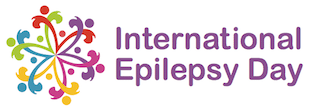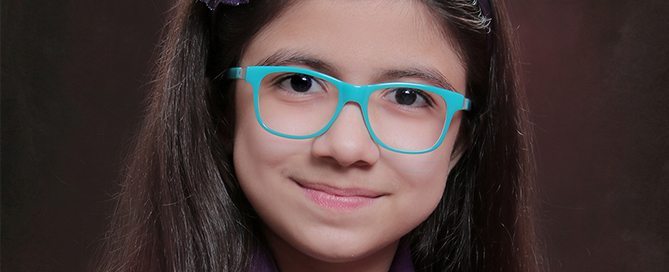This is the true story of a young girl who lives in Iran, called Anita, who, at the young age of 11 years decided that her English research project, which she would have to present to her classmates, would be to explain all about epilepsy. The catalyst for Anita’s project is her mother, Farah Abbasi.
Farah was diagnosed with epilepsy when she was 12-years-old. The diagnosis was temporal lobe epilepsy, which caused her to have tonic-clonic seizures. Tonic-clonic seizures are what most people think of when they think of a convulsive seizure. The entire brain is affected, the person loses consciousness, their muscles stiffen, and there are jerking movements. The seizure will usually last 1 to 3 minutes and but recovery time is much longer. Thankfully, Farah’s seizures responded well to medication (Lorazepam) and the last seizure happened when she was expecting her daughter, Anita. She does still have what she describes as ‘light seizures’ but they do not adversely affect her and she continues to take anti-epileptic medication.
Anita was 8-years-old when she heard her mother being interviewed on the radio and talking about her epilepsy. It was the first time that she had heard this news. Curious, Anita asked her Mom to explain. “I was shocked to hear about my Mom’s epilepsy and it made me very sad for her”, explains Anita. “I wanted to find out more.” Farah is involved in the Iranian Epilepsy Association and so Anita started to go with her on Epilepsy Tours, where her mother gave educational lectures about the disease. She also read the brochures produced by the association to find out even more.
When the opportunity came to use epilepsy in her school project, it took Anita a week to prepare, working diligently to make sure that it was good. But, she need not have worried. She did well – so well, in fact, that she was then asked to give the same talk to adults. Despite being nervous, Anita gave a wonderful presentation. Anita likes to write, it’s one of her hobbies. She has also written a short story about the colour purple – which is now becoming recognised as the colour of epilepsy. Maybe some day Anita will write a successful love story. That’s one of her ambitions! Anita’s story might seem simple but shows the determination of one young girl to tell the world about epilepsy. So it shows the power that is in the hands of even very young people to raise awareness and understanding about the disease.

